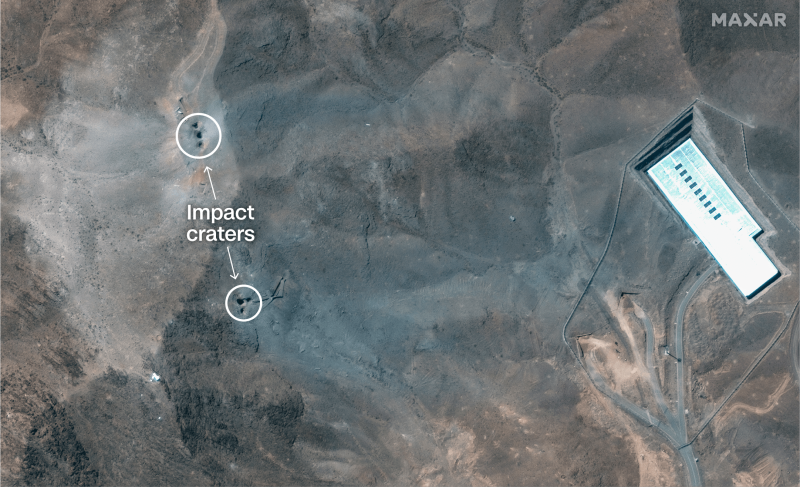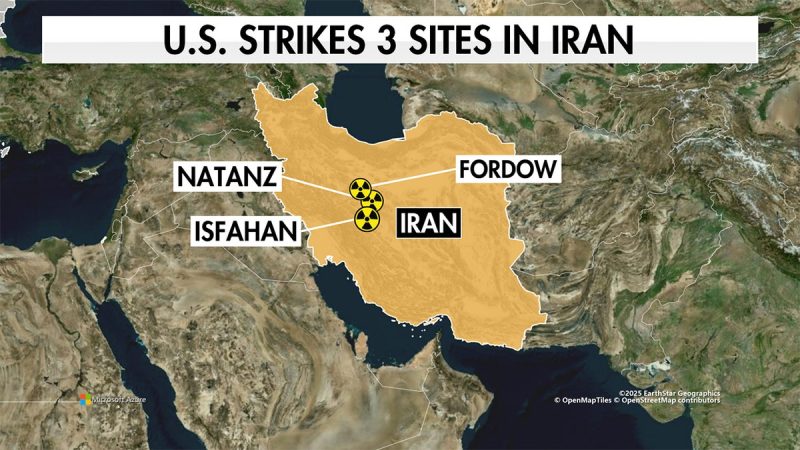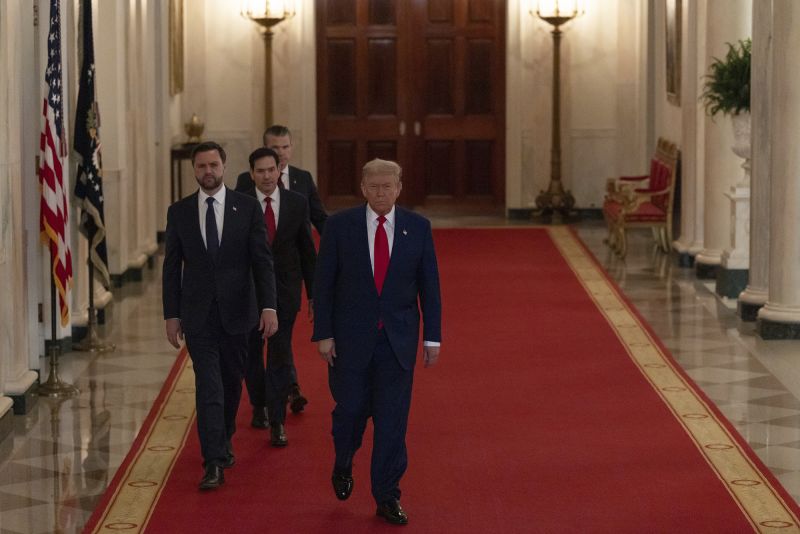
Nearly two-thirds of Americans support increased engagement in international affairs, according to a newly released annual summer survey from the Ronald Reagan Presidential Foundation & Institute.
The survey, conducted by polling firms Beacon Research and Shaw & Company Research, marks the third year the Ronald Reagan Institute has conducted a summer survey asking Americans about their attitudes towards foreign policy. It found 64% of Americans overall favor the United States taking a leadership role in international affairs, which is up more than 20% since 2023.
The trend of Americans leaning towards international engagement, as opposed to isolationism, has seen growing support across both parties – even the America-first MAGA wing of the Republican Party, which leads the way with 73% support for greater international involvement, according to the new survey. Meanwhile, 69% of Republicans support the idea, as well as 65% of Democrats, the survey found.
The survey was released less than a day after the Trump administration ordered a massive surprise strike on Iranian nuclear sites in a move designed to cripple Iran’s nuclear weapons infrastructure. Approximately 73% of registered voters questioned in a recent Fox News national survey said they think Iran poses a real security threat to the U.S.
‘Americans are not retreating from the world,’ the survey’s introduction stated. ‘They are rallying around a foreign policy grounded in peace through strength, strong alliances, and morality in foreign policy.’
According to the summer survey, which was conducted before the recent Israeli airstrikes on Iran, 45% of those questioned said they would support Israel conducting targeted airstrikes against Iran’s nuclear facilities if diplomatic efforts between the U.S. and Iran faltered. Meanwhile, 37% said they opposed Israeli airstrikes, while 18% said they were unsure.
Partisan affiliation, while less of a factor when survey respondents were asked generally whether the United States should lead on the international stage, appeared to play a larger role in opinions about engagement pertaining to Iran. Sixty percent of Republicans said they support Israeli airstrikes, but that support dropped to 35% among Independents and 32% for Democrats.
In addition to attitudes about U.S. leadership in global affairs across the world, the annual summer survey from the Ronald Reagan Institute also covers other foreign policy-related questions pertaining to human rights, trade, defense spending and more.
One question sought to gauge an appetite for ‘territorial expansion.’ President Donald Trump has repeatedly signaled interest in acquiring strategic assets like Greenland and the Panama Canal, while he even floated potentially garnering control of the Gaza Strip amid the area’s ongoing issues with terrorism.
The survey found that 55% of Americans supported pursuing acquisition of the Panama Canal, while 47% supported the move to acquire Greenland.
However, there is also a severe distinction between Republicans and Democrats on this issue, with most Democrats opposed and a majority of Republicans in favor of territorial expansion. When it comes to the Gaza Strip, only 33% of the survey respondents overall indicated they were in favor of such a move, including 24% of Democrats and 47% of Republicans.
This year’s summer survey from the Reagan Institute sampled 1,257 adults across the United States between May 27 and June 2. You can see



















